Growing Awareness of Zoonotic Diseases
The Poultry Diagnostics Market is increasingly influenced by the growing awareness of zoonotic diseases, which are diseases that can be transmitted from animals to humans. As public health concerns rise, there is a heightened demand for effective diagnostic tools to monitor and control diseases such as avian influenza and salmonella. The World Health Organization has emphasized the importance of surveillance in preventing zoonotic outbreaks, which has led to increased investments in poultry diagnostics. This trend is expected to drive market growth, as poultry producers and health authorities seek to implement robust diagnostic measures. The need for comprehensive testing and monitoring systems is likely to become more pronounced, thereby expanding the market for diagnostic solutions that can ensure both animal and human health.
Expansion of Poultry Production and Trade
The Poultry Diagnostics Market is poised for growth due to the expansion of poultry production and trade across various regions. As the global demand for poultry meat continues to rise, producers are scaling up operations to meet this demand. This expansion necessitates the implementation of effective diagnostic solutions to monitor flock health and prevent disease outbreaks. The increasing volume of poultry trade also raises concerns about biosecurity and disease transmission, further driving the need for reliable diagnostics. The market is likely to benefit from this expansion, as producers invest in advanced diagnostic tools to ensure the health of their flocks and maintain trade standards. The interplay between production growth and diagnostic innovation is expected to create new opportunities within the poultry diagnostics sector.
Regulatory Compliance and Food Safety Standards
The Poultry Diagnostics Market is significantly shaped by stringent regulatory compliance and food safety standards imposed by various authorities. Governments and international organizations are increasingly mandating rigorous testing protocols to ensure the safety of poultry products. This regulatory landscape compels poultry producers to adopt advanced diagnostic solutions to meet compliance requirements. The market is projected to witness substantial growth as producers invest in reliable diagnostic tools to avoid penalties and ensure product safety. The implementation of these standards not only protects consumer health but also enhances the reputation of poultry producers. As regulations evolve, the demand for innovative diagnostic technologies that can provide accurate and timely results is likely to increase, further propelling the market.
Technological Innovations in Poultry Diagnostics
The Poultry Diagnostics Market is experiencing a surge in technological innovations that enhance diagnostic accuracy and efficiency. Advanced molecular techniques, such as PCR and next-generation sequencing, are becoming increasingly prevalent, allowing for rapid detection of pathogens. These innovations not only improve the speed of diagnosis but also reduce the costs associated with traditional methods. The market is projected to grow at a compound annual growth rate of approximately 8% over the next few years, driven by the need for precise and timely diagnostics. Furthermore, the integration of artificial intelligence and machine learning in diagnostic tools is likely to revolutionize the industry, enabling predictive analytics that can foresee outbreaks before they escalate. This technological evolution is essential for maintaining the health of poultry populations and ensuring food safety.
Rising Consumer Demand for Organic and Antibiotic-Free Poultry
The Poultry Diagnostics Market is also driven by the rising consumer demand for organic and antibiotic-free poultry products. As consumers become more health-conscious, there is a growing preference for poultry that is free from antibiotics and hormones. This trend necessitates the implementation of rigorous diagnostic testing to ensure that poultry products meet these consumer expectations. Producers are increasingly adopting advanced diagnostic methods to verify the health status of their flocks and ensure compliance with organic standards. The market for poultry diagnostics is expected to expand as producers seek to differentiate their products in a competitive landscape. This shift towards organic and antibiotic-free poultry not only influences production practices but also drives innovation in diagnostic technologies that can support these initiatives.


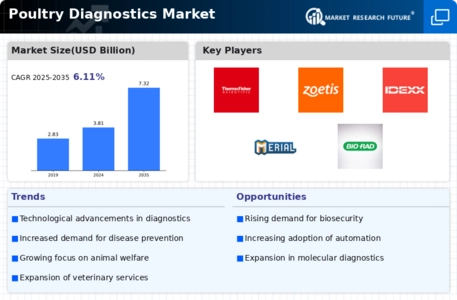
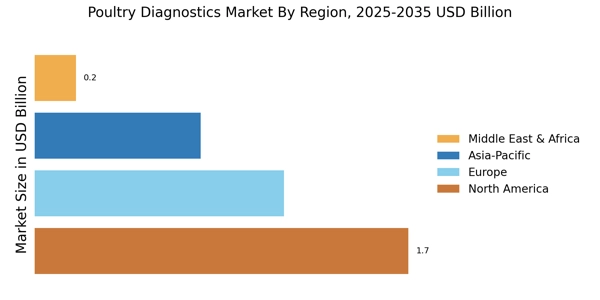

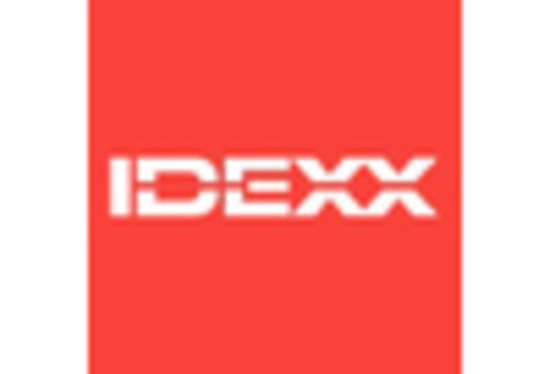

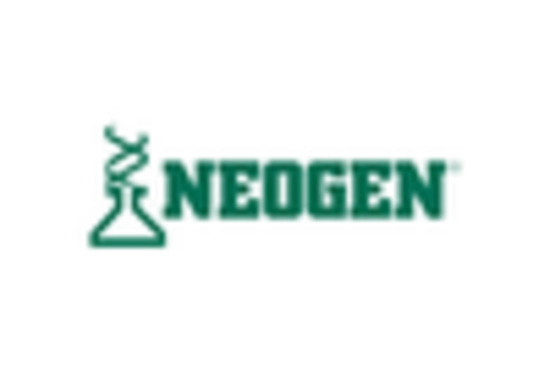

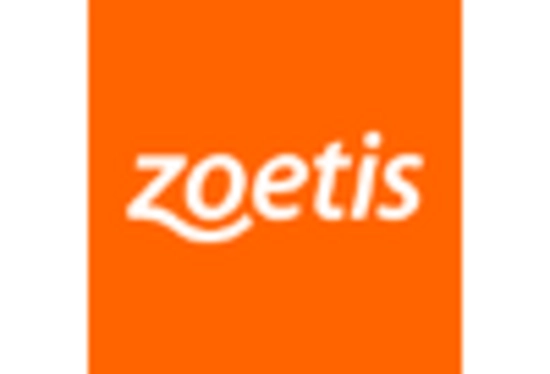








Leave a Comment